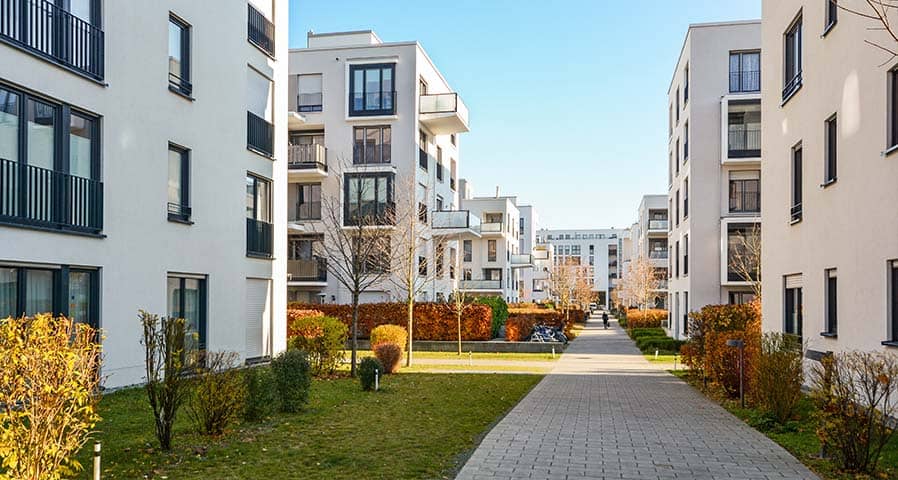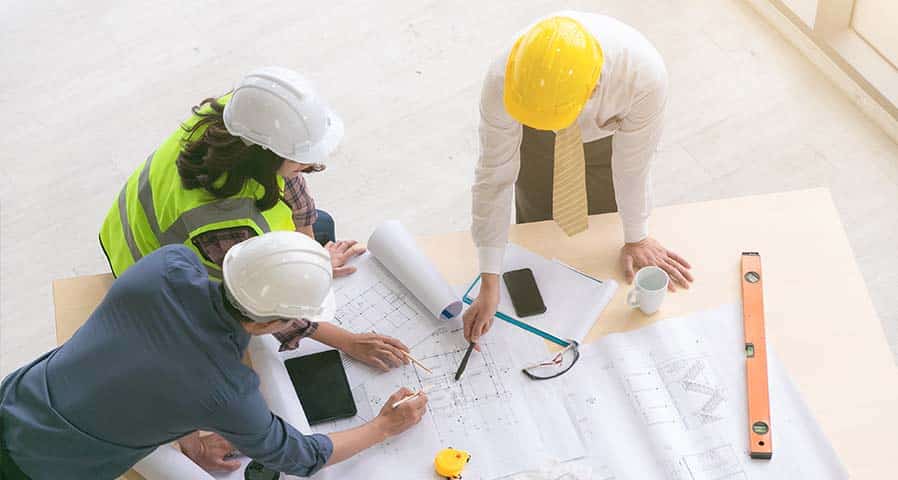For property owners and landlords, keeping tenants comfortable is a balance between proactive maintenance, smart upgrades, and strategic budgeting. Heating and cooling systems are among the most critical components of any apartment building, and consistent upkeep can help prevent costly breakdowns while boosting tenant satisfaction.
1. Schedule Regular Professional Tune-Ups
Routine HVAC inspections are the simplest and most effective way to protect your investment. For multifamily dwellings, plan for professional service once in the spring before cooling season, and once in the fall before heating season. During these visits, technicians inspect and clean coils, test system efficiency, and identify small issues before they escalate into emergencies. This not only ensures steady performance but also reduces the risk of mid-season system failures that can quickly lead to tenant complaints.
2. Encourage Filter Changes and Tenant Awareness
Dirty air filters restrict airflow, strain equipment, and degrade indoor air quality. Property owners should establish a consistent filter replacement every one to three months, depending on the system and tenant usage. If tenants are responsible for replacing filters, include clear instructions in the lease and offer reminders. Education goes a long way in maintaining efficiency; when tenants understand how their actions affect HVAC performance, both comfort and cost savings improve.
The Benefits of a Proactive HVAC Strategy
Well-maintained HVAC systems are quieter, more reliable, and more energy-efficient. For landlords managing multiple units, tracking service records and system age can help identify when replacements or upgrades are due. Installing programmable or smart thermostats between tenants can further cut costs while allowing for better temperature control. These systems often reduce energy use by 10–20 percent and make properties more appealing to environmentally conscious renters.
Additionally, keeping your HVAC systems in top condition can lower tenant turnover. Comfortable tenants are more likely to renew their leases, which helps maintain steady cash flow and reduces vacancy-related expenses.
Rebates: Turning Upgrades into Smart Investments
The cost of replacing or upgrading HVAC equipment can be substantial, but rebate programs can significantly reduce that financial burden. For example, Washington Gas Utility offers incentives that help property owners recover part of their investment when they choose high-efficiency systems.
Here’s a look at a few of the available rebates:
- Small Furnace (<225 MBH, >95% AFUE): $2.25 per MBH
- Large Furnace (225–500 MBH, ≥95% AFUE): $2.75 per MBH
- Infrared Heater (≤500 MBH): $3.00 per MBH
- Outdoor Air Reset (≤1,000 MBH): $0.50 per MBH
- Small Tankless Water Heater (≤200 MBH, ≥0.82 UEF): $2.00 per MBH
- Multifamily Central Domestic Hot Water (300–3,000 MBH, ≥88% TE): $4.00 per MBH
- Controls for Central Domestic Hot Water Systems: $750 per kit
These rebates make it easier for landlords to justify system upgrades that would otherwise require a large upfront cost. For instance, a multifamily property upgrading to a high-efficiency central domestic hot water system could qualify for thousands in incentives by helping cover installation expenses while lowering future utility bills.
The Takeaway
For property owners and landlords, HVAC maintenance for multifamily dwellings a long-term investment in comfort, reliability, and efficiency. Regular inspections, filter maintenance, and tenant education can dramatically reduce repair costs and improve overall satisfaction. And when it’s time to upgrade, leveraging rebate programs turns those improvements into financially strategic decisions.
By combining proactive care with available incentives, landlords can maintain high-performing systems that benefit both their bottom line and their tenants’ comfort all year long.
Click here for more information on financial rebate opportunities for your multifamily dwelling.






0 Comments